Deficiencies
Maize Crop Deficiencies
Experiencing Maize Crop Deficiencies? The team here at Fielder Nutrition are experts in improving crop health and maximising yields. Get in touch with our team today.
Contact Us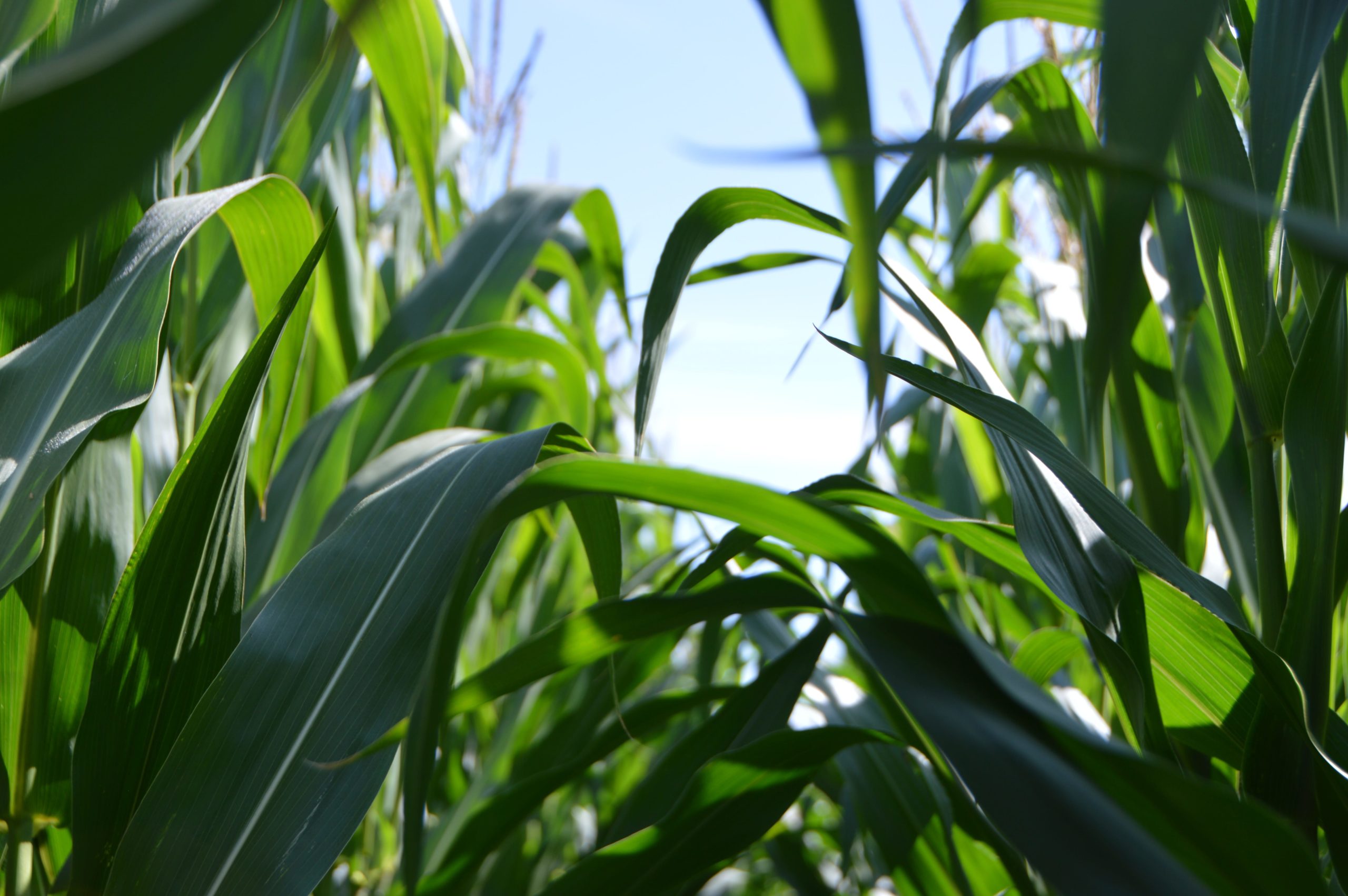
Deficiency Type
Manganese Deficiency
Maize has a medium manganese requirement. As this nutrient is highly immobile in the plant, deficiency symptoms are first seen in the young leaves. A deficient plant is recognised by interveinal chlorosis (yellowing between the veins of the leaves), whilst the veins themselves remain dark green. Manganese deficiency looks similar to magnesium deficiency, but the latter occurs in older leaves. Manganese deficiencies are most likely to occur on high pH soils and on organic soils. Under dry conditions the availability of manganese is likely to be reduced.
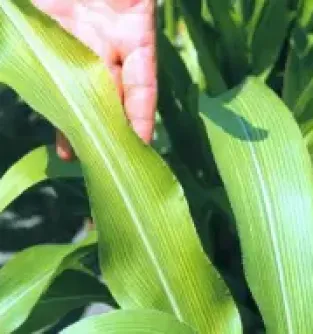
Deficiency Type
Magnesium Deficiency
In maize, Magnesium deficiency appears in lower leaves as yellow or white streaking between veins. The leaves eventually become reddish-purple, and the edge and tip die if the deficiency is severe. The soils most likely to be deficient in Mg are acidic and sandy soils.
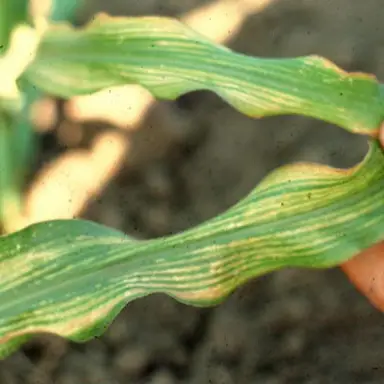
Deficiency Type
Potassium
Potassium deficiency is observed as yellowing and necrosis (death) of the edge of older leaves. When the problem persists, this deficiency will continue to move up from older to newer leaves, while the top leaves may look completely green. Potassium deficiency can cause lodging of the crop later in the season because stalks are thin and not strong. Soil conditions that restrict root growth can induce deficiency, especially at early stages of development when the root system is small.
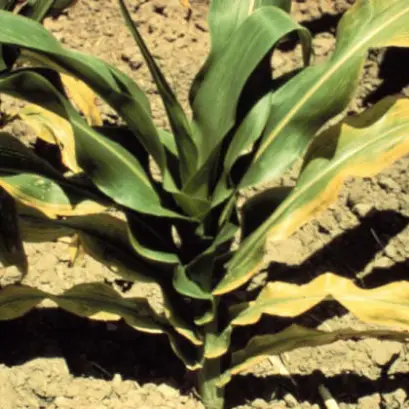
Deficiency Type
Nitrogen Deficiency
Nitrogen deficiency makes the older leaves turn pale or yellowish-green. The deficiency then starts to create a V shape, starting at the tip of the leaf. If the problem continues, the deficiency works its way up the plant from older to newer leaves. The stalks tend to be thin and spindly. Nitrogen deficiency develops commonly in wet to saturated soils, or under cool soil temperatures in the spring. Deficiency can be induced when soils tend to be dry and can also occur in soils with large amounts of low-nitrogen-containing residues.
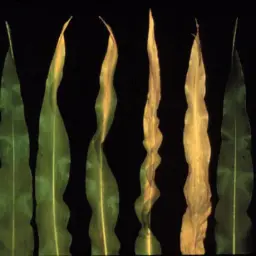
Deficiency Type
Phosphorus Deficiency
Phosphorus deficiency causes a distinct dark green with reddish to purplish leaf margins. This typically starts from the tip and is usually observed in the older leaves. Stunted growth is also typical. Phosphorus deficiency symptoms normally disappear by the time the plant is waist-high. Since P is fairly immobile in the soil, any soil condition that limits root growth – cool temperature, wet / dry conditions, or compaction – can induce the deficiency.
